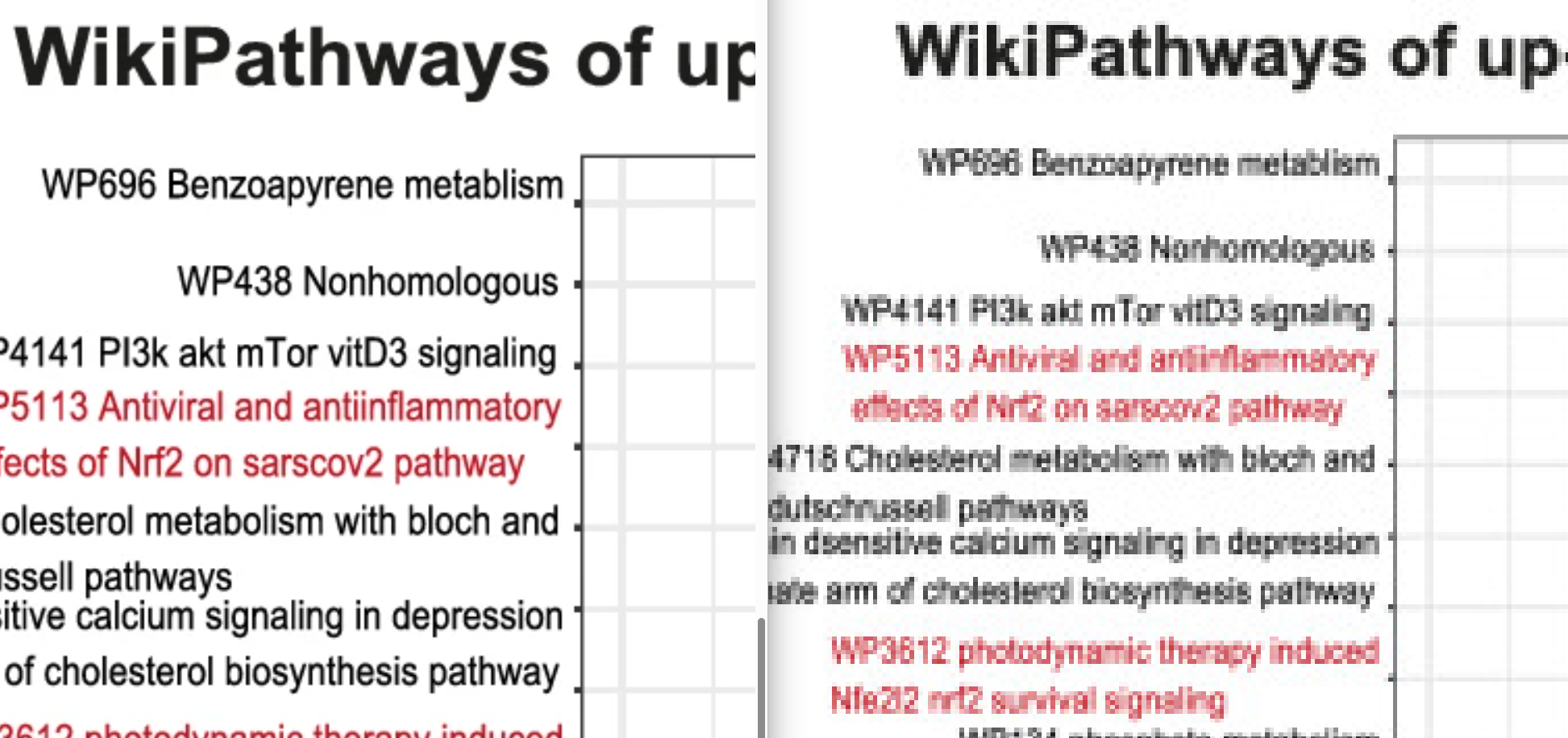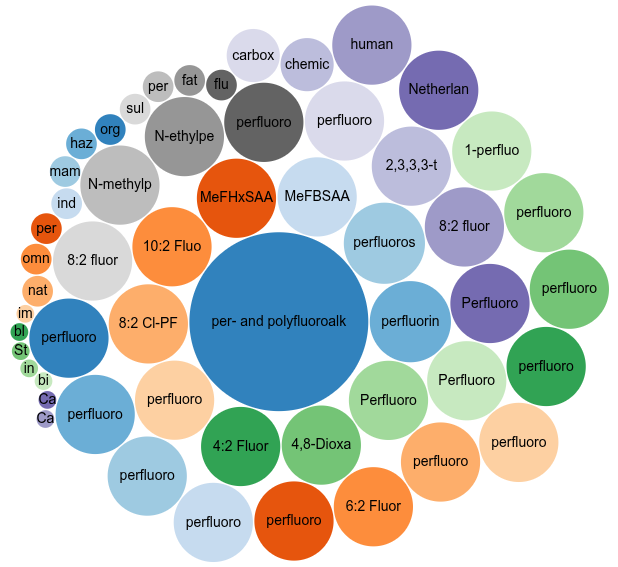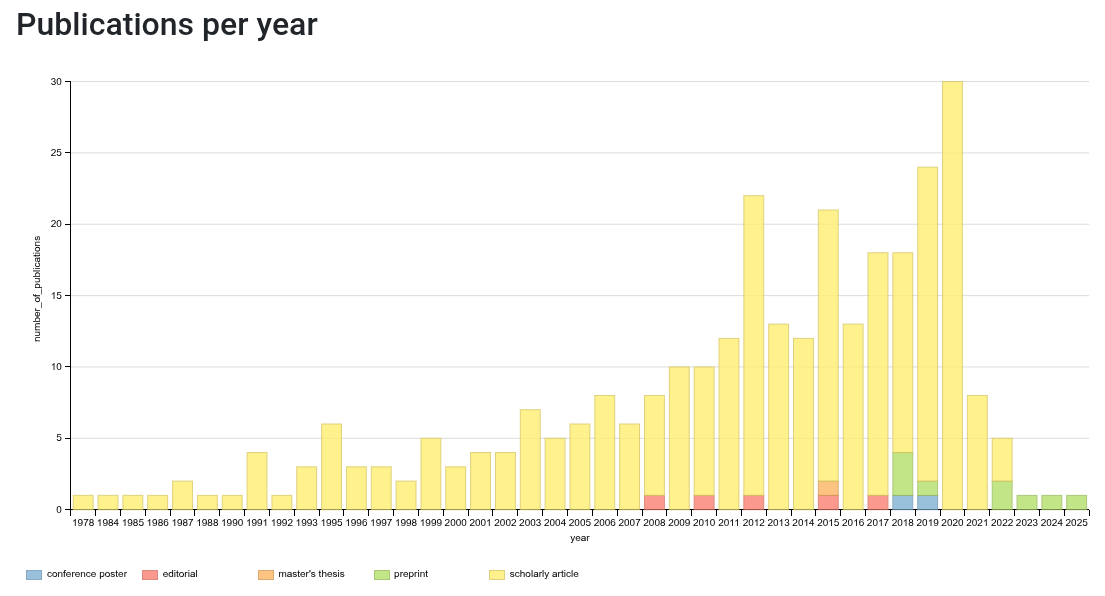-
One Million IUPAC names #4: a lot is happening
A lot is happening. If you have been following this project more closesly, you may have already seen some interesting updates, but I will post it here too. First, a quick recap. In March I started a new Blue Obelisk project to collect CCZero IUPAC names from primary literature (paper still pending). It turned out we can automate that, while legally not violating any laws or licenses. In April I reported on some tweaks boosting the efficiency of the use of the API. I also reported on some possible further steps, including how to use the extracted names to create a larger set. Indeed, in June I could report to have passed the 200k IUPAC names, which with the idea from April gave us more than 1M IUPAC names. -

Archiving, but not really
Mike Taylor wrote up a post about the various things a journal article is doing, the first being a scientific report. We put a lot of money in establishing a scientific track record. In the past 30 years how we publish our research and how we archive it has changed significantly. If you read my blog more often, you know I have been critical of the performance of many publishers. Springer Nature was so disappointing that after 5 years I stepped down as Editor-in-Chief (of two) of the Journal of Cheminformatics. There is so much that must be done better. -

PFAS in the blood of the Dutch population
A recent report by the Dutch RIVM, PFAS in the blood of the Dutch population (doi:10.21945/RIVM-2025-0094), writes that seven PFAS compounds are found in blood samples of all tested people. Another nine compounds are found in at least 1-in-10 people. Because there is relevant data in the report on the 28 studied PFAS compound, I wanted to have the report more FAIR than it is on the website. Why this report? Well, the chemistry and the history is fascinating and brutal (I like this Veritasium video). -

Curation is an essential part of doing research
Depending on your exact definition of doing science, keeping track as precise as possible of your observations is an essential part of doing science. The precision should be high enough that mistakes are obvious. This pattern is, of course, not limited to doing science and we see this in open source development too. Unfortunately, in the modern way of doing science, this is not getting the attention it should get. Worse, with narratives (stories) about the research, in the form of journal articles, are generally considered more important that a precise description of the observations. -

All BioHackrXiv preprints and BioHackathon RSS feeds
One thing I was still missing in BioHackrXiv was a place with an overview of: 1. all biohackathons, 2. all preprints linked to a biohackathon, 3. an RSS feed for new papers of a biohackathon. Of course, there is the BioHackrXiv discover service, but the biohackathon is not a metadata field and I cannot filter based on it. And, of course, there is Scholia, but not all preprints are notable (so far, a good number had CiTO annotation that at least made them somewhat notable). Thus, they are not all listed in this venue page and neither on this overview of collections of preprints linked to BioHackathon Europe meetings. -

One Million IUPAC names #3: the 200 thousand milestone and 1 million IUPAC names
I could not find the time earlier to report (reason), but three weeks ago we passed the fourth milestone release of the CCZero IUPAC names found in literature collection. This release contains 200026 IUPAC names, 168702 unique names, reflecting 116207 unique InChIKeys. Time for an update of the One Million IUPAC names project. -
Retracted articles cited in Wikipedia
Last week, the Wikidata and Sister Projects event tooks place. The presentations are recorded, and I strongly encourage you to check the schedule. One presentation I liked (there are more), was the one by Mike Peel with the title “Best practices for reusing Wikidata’s data in the Wikimedia Projects”. At some point he walks us through the {{Cite Q}} template, around 26:07.